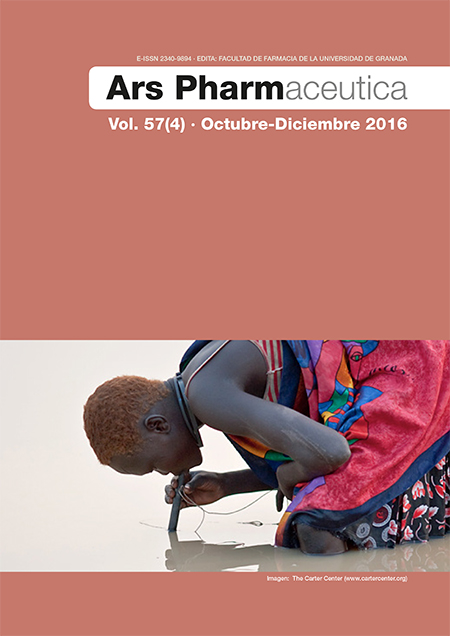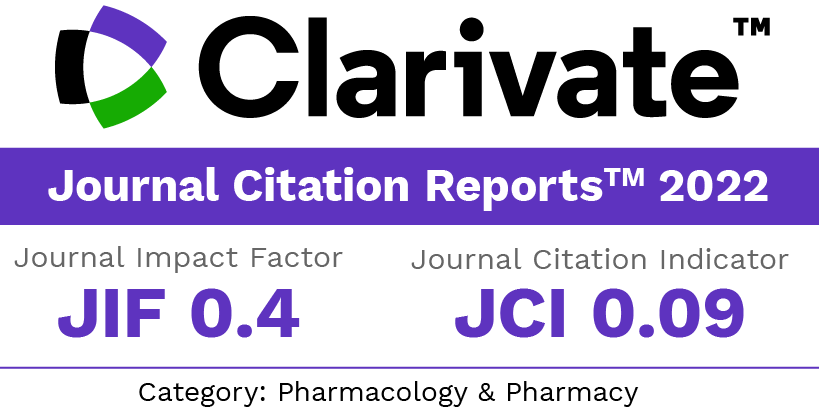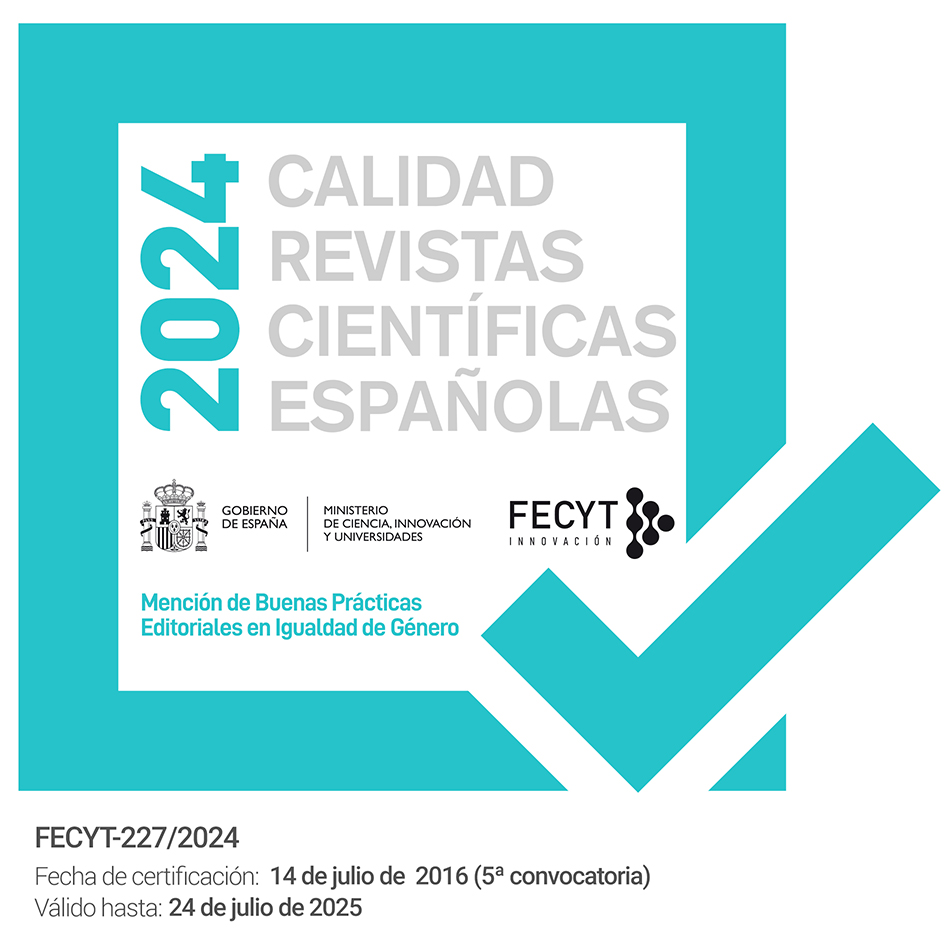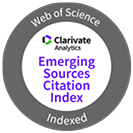The fight against the Guinea worm or the reward of the solidarity endeavor
DOI:
https://doi.org/10.30827/ars.v57i4.5564Keywords:
Guinea worm, dracunculiasis, Dracunculus medinensis, life cycle, poverty, volunteering, solidarity, health education, eradicationAbstract
Introduction: Dracunculus medinensis or Guinea worm is the largest nematode parasite in man and causes ulcers that generate a major disability generally for 2-4 months, coinciding with the periods of planting or harvesting of the crops. Therefore, this disease, denominated dracunculiasis, causes important economic losses. In poor societies, those most affected, these losses keep them in a vicious circle of poverty from which they can not leave without help. Dracunculiasis is one of a group of Neglected Tropical Diseases that, according to the WHO, affects more than 1 billion poor people in the world.
Objective: Introduce to the Spanish-speaking scientific community about the current status of the dracunculiasis and its fight against it.
Material and methods: A bibliographic search has been carried out in scientific databases, especially PubMed (Medline) of the National Library of Medicine (NML) of the United States, and the reports published by the main organisms and institutions involved in the fight against dracunculiasis have been reviewed, especially those of The Carter Center, the World Health Organization and Centers for Disease Control and Prevention (CDC).
Results: An eradication campaign was initiated in 1986, based on the epidemiological characteristics of the disease and the involvement of endemic countries, which allowed to raise that objective, adopted by the World Health Assembly in 1981. This parasite was occurring in 18 countries of Africa and 3 of Asia, affecting 5-10 million poor people, according to WHO. The solidarity effort of institutions, foundations, companies and people, especially volunteers, has allowed to reduce the number of cases in more than 99.99% after 30 years of campaign. In 2015, only 22 cases limited to 4 African countries were recorded: Mali, Ethiopia, South Sudan and Chad. In 2016, 25 cases have been detected: 16 in Chad, 3 in Ethiopia, 6 in South Sudan and none in Mali (provisional data1).
Conclusion: It works in the hope that in 2020 the disease will be eradicated from the planet, thus being the first of a parasite. This fight also shows that the health education work on the affected population, carried out jointly by volunteers and officials, is vital to the success of this eradication campaign.
Downloads
References
The Carter Center. Guinea worm case totals. https://www.cartercenter.org/health/guinea_worm/case-totals.html. Publicado en 2017. Acceso 11/01/2017.
Stoll NR. This wormy world. J Parasitol. 1947;33(1):1-18.
Magnussen P, Yakubu A, Bloch P. The effect of antibiotic- and hydrocortisone-containing ointments in preventing secondary infections in Guinea worm disease. Am J Trop Med Hyg. 1994;51(6):797-799.
Watts SJ, Brieger WR, Yacoob M. Guinea worm: An in-depth study of what happens to mothers. Soc Sci Med. 1989;29(9):1043-1049.
Water and Sanitation for Health Project (WASH). Adding Guinea Worm Control Components: Guidelines for Water and Sanitation Projects. WASH Field Report, Vol No 51.; 1988.
Ruiz-Tiben E, Hopkins DR. Dracunculiasis (Guinea worm disease) eradication. Adv Parasitol. 2006;61:275-309. doi:10.1016/S0065-308X(05)61007-X.
Barry M. The tail end of Guinea worm - Global eradication without a drug or a vaccine. N Engl J Med. 2007;356(25):2561-2564.
Callahan K, Bolton B, Hopkins DR, Ruiz-Tiben E, Withers PC, Meagley K. Contributions of the Guinea worm disease eradication campaign toward achievement of the Millennium Development Goals. PLoS Negl Trop Dis. 2013;7(5):e2160. doi:10.1371/journal.pntd.0002160.
Kim A, Tandon A, Ruiz-Tiben E. Cost-Benefit Analysis of the Global Dracunculiasis Eradication Campaign. Washington, D.C.; 1997.
The Carter Center. Annual Report 1992-93. Atlanta, USA; 1993. https://www.cartercenter.org/.
Dowdle WR. The principles of disease elimination and eradication. Bull World Health Organ. 1998;76(Suppl 2):22-25.
Cairncross S, Muller R, Zagaria N. Dracunculiasis (Guinea worm disease) and the eradication initiative. Clin Microbiol Rev. 2002;15(2):223-246. doi:10.1128/CMR.15.2.223-246.2002.
Muller R. Dracunculus and dracunculiasis. Adv Parasitol. 1971;9:73-151.
Hopkins DR, Hopkins EM. Guinea worm. The end in sight. In: Encyclopaedia Britannica. Vol 1992. Medical and Health Annual. Chicago,USA: Encyclopaedia Britannica, Inc.; 1991:10-27.
Velschii GH. Exercitatio de Vena Medinensi Ad Mentem Ebnsinae, Sive de Dracunculis Veterum. Specimen Exhibens Novae Versionis Ex Arabico, Cum Commentario Uberiori. Cui Accedit Altera de Vermiculis Capillaribus Infantium. Augustae Vindelicorum: impensis Theophili Goebelii; 1674, p. 89. Obra de la Colección de Patrimonio Digitalizado de la Universidad Complutense de Madrid. https://babel.hathitrust.org/cgi/pt?id=ucm.5309434430. Acceso 11/01/2017.
Foster WD. Dracunculus medinensis. In: A History of Parasitology. Edinburgh: E. & S. Livingstone Ltd.; 1965:105-111.
Fedchenko AP. Concerning the structure and reproduction of the Guinea worm (Filaria medinensis L.) [traducido del original en ruso]. Am J Trop Med Hyg. 1971; 20(4):511-523.
Litvinov SK, Lysenko A. Dracunculiasis: its history and eradication in the USSR. In: Workshop on Opportunities for Control of Dracunculiasis; 1982:97-100.
Turkhud DA. Report of the Bombay Bacteriological Laboratory for the Year 1913.; 1914.
Watts S. Dracunculiasis in the Caribbean and South America: a contribution to the history of dracunculiasis eradication. Med Hist. 2000;45:227-250.
Hopkins DR. Disease eradication. N Engl J Med. 2013;368(1):54-63. doi:10.1056/NEJMra1200391.
Hopkins DR, Ruiz-Tiben E, Eberhard ML, Roy SL, Weiss AJ. Progress toward global eradication of Dracunculiasis -- January 2015-June 2016. MMWR Morb Mortal Wkly Rep. 2016;65(40):1112-1116. doi:10.15585/mmwr.mm6540a5.
Muller R. Laboratory experiments on the control of Cyclops transmitting guinea worm. Bull World Health Organ. 1970;42(4):563-567.
WHO. Dracunculiasis eradication: case definition, surveillance and performance indicators. Wkly Epidemiol Rec. 2003;78(37):323-328.
CDC, Global 2000 (Carter Center Inc.). Guidelines for Health Education and Community Mobilization in Dracunculiasis Eradication Programs.; 1991.
WHO. Dracunculosis eradication. https://extranet.who.int/sree/Reports?op=vs&path=/WHO_HQ_Reports/G17/PROD/EXT/Country%20Profile. Publicado en 2016. Acceso 9/12/2016.
Hopkins DR, Ruiz-Tiben E, Eberhard ML, Roy SL. Progress toward global eradication of dracunculiasis, January 2005-May 2007. MMWR Morb Mortal Wkly Rep. 2007;56:813-817, NaN 937. doi:10.15585/mmwr.mm6540a5.
Watts S. Dracunculiasis in Africa in 1986: its geographic extent, incidence and at-risk population. Am J Trop Med Hyg. 1987;37(1):119-125.
The Carter Center. Guinea worm eradication program. https://www.cartercenter.org/health/guinea_worm/. Publicado en 2016. Acceso 9/12/2016.
The Carter Center/WHO. Eradication of Guinea Worm Disease. Case Statement.; 2016.
Senior K. The end is nigh for guinea worm disease. Lancet Infect Dis. 2009;9(3):149. doi:10.1016/S1473-3099(09)70036-2.
Watts SJ. Population mobility and disease transmission: the example of Guinea worm. Soc Sci Med. 1987;25:1073-1081.
Hopkins DR, Ruiz-Tiben E, Kaiser RL, Agle AN, Withers Jr. PC. Dracunculiasis eradication: Beginning of the end. Am J Trop Med Hyg. 1993;49(3):281-289.
CDC. Guinea Worm Wrap-up #63. Atlanta, USA; 1997. https://www.cartercenter.org/resources/pdfs/news/health_publications/guinea_worm/wrap-up/63.pdf.
Dracunculiasis. Global surveillance summary, 2000. Wkly Epidemiol Rec. 2001;76(18):133-139.
Hopkins DR, Ruiz-Tiben E, Ruebush TK, Diallo N, Agle A, Withers PC. Dracunculiasis eradication: delayed, not denied. Am J Trop Med Hyg. 2000;62(2):163-168.
Bill & Melinda Gates Foundation. La poliomielitis. http://www.gatesfoundation.org/es/What-We-Do/Global-Development/Polio. Publicado en 2016. Acceso 9/12/2016.
Eberhard ML, Ruiz-Tiben E, Hopkins DR, et al. The peculiar epidemiology of dracunculiasis in Chad. Am J Trop Med Hyg. 2014;90(1):61-70. doi:10.4269/ajtmh.13-0554.
Eberhard ML, Cleveland CA, Zirimwabagabo H, Yabsley MJ, Ouakou PT, Ruiz-Tiben E. Guinea worm (Dracunculus medinensis) infection in a wild-caught frog, Chad. Emerg Infect Dis. 2016;22(11):1961-1962. doi:10.3201/eid2211.161332.
CDC. Guinea Worm Wrap-up #244. Atlanta, USA; 2016. https://www.cartercenter.org/resources/pdfs/news/health_publications/guinea_worm/wrap-up/244.pdf.
Downloads
Published
How to Cite
Issue
Section
License
The articles, which are published in this journal, are subject to the following terms in relation to the rights of patrimonial or exploitation:
- The authors will keep their copyright and guarantee to the journal the right of first publication of their work, which will be distributed with a Creative Commons BY-NC-SA 4.0 license that allows third parties to reuse the work whenever its author, quote the original source and do not make commercial use of it.
b. The authors may adopt other non-exclusive licensing agreements for the distribution of the published version of the work (e.g., deposit it in an institutional telematic file or publish it in a monographic volume) provided that the original source of its publication is indicated.
c. Authors are allowed and advised to disseminate their work through the Internet (e.g. in institutional repositories or on their website) before and during the submission process, which can produce interesting exchanges and increase citations of the published work. (See The effect of open access).























